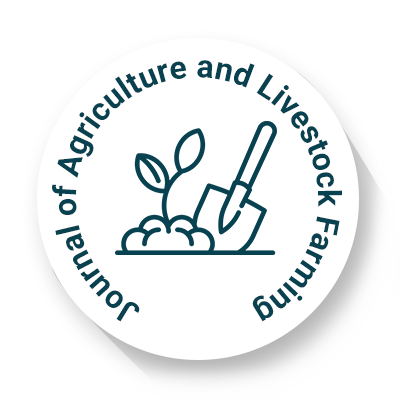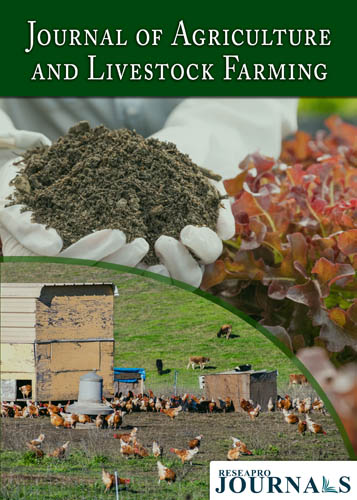
Journal of Agriculture and Livestock Farming
OPEN ACCESS

OPEN ACCESS

Decreasing soil fertility resulted in reduced yield and the imbalance application of synthetic fertilizer disturbed crop productivity. To study long-term soil conservation practices, a pot experiment was conducted in the 2022 cropping season. Triticum aestivum L. was sown under the application of partially and fully decomposed leaves compost (PFLC) of Albizia lebbeck, Conocarpus erectus, Moringa oleifera, and Vigna radiata. An average yield of Triticum aestivum L. showed significant positive results under each PFLC. Soil physiochemical properties showed positive impacts. Soil pH, electric conductivity, organic matter, potassium, and phosphorus levels were significantly enhanced. Moreover, partially decomposed leaves compost (PDLC) and fully decomposed leaves compost (FDLC) of Vigna radiata showed a biological yield of 7.17 and 7.63 g per plant respectively, and grain yield of 1.11 and 1.44 g per plant respectively among all other PFLC. Harvesting index percentage was recorded as maximum in PDLC of Albizia lebbeck (23%), Moringa oleifera (22%), and Conocarpus erectus (21%) to other PFLC treatments. Therefore, PFLC is recommendable for enhancing soil health and yield rate.
Received 05 August 2024; Revised 28 August 2024; Accepted 04 September 2024